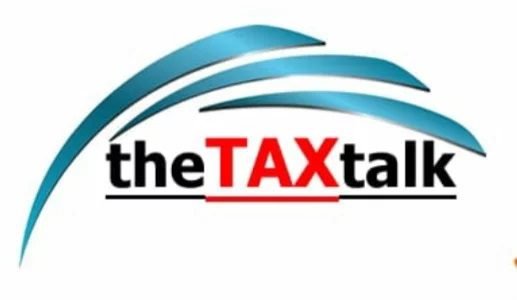![]()
An interplay between Charity and Business for the purpose of section 2(15), 11(4A) and 13(8)
For those working with charitable institutions, navigating the Income Tax Act requires more than just knowing what’s exempt – it demands an understanding of what could unintentionally jeopardize the exemption.
Let us try to understand the interplay between Charity and Business for the purpose of section 2(15), 11(4A) and 13(8) of the Income Tax Act:
Here’s a practical breakdown of three often misunderstood provisions:
Section 2(15) defines “charitable purpose” – including education, relief of the poor, medical relief, environmental preservation, and a broad category: advancement of any other object of general public utility (GPU).
This last category is the most important part in the taxation of the charitable trusts and organization.
If the trust undertakes commercial or business-like activities and the revenue from such activities exceeds 20% of the total receipts, it risks being excluded from the definition of a “charitable purpose.”
Section 11(4A) allows a charitable trust to run a business only if two conditions are met:
1. The business activity must be incidental to the main objects of the trust, and
2. Separate books of account must be maintained for such business
This means that if a trust is genuinely pursuing its charitable goals (like a school publishing its own study material), exemption is still available under Section 11 – even if some revenue is generated in the process.
Section 13(8), however, acts as a guardrail for trusts falling under the GPU clause of Section 2(15). It says:
If such a trust earns more than 20% of its income from commercial activities, then it automatically loses exemption under Section 11 – regardless of whether the activity is linked to its objectives or not.
Here’s where most go wrong:
Section 11(4A) and Section 13(8) are often interpreted together – but they operate on different principles.
11(4A) safeguards activities that are incidental to the trust’s purpose, irrespective of the revenue size
13(8), on the other hand, is triggered by the nature and volume of activity, and applies only to trusts under the general public utility category – not to those working in education, relief, or medical fields
In short, even if a trust’s receipts from an activity cross 20%, that alone doesn’t lead to denial of exemption – provided the activity is incidental and related to its objectives, and books are properly maintained. That’s where 11(4A) comes to the rescue.
But if the activity is commercial in nature and the trust falls under the GPU category, then Section 13(8) takes precedence – and the exemption may be lost, no matter how well the books are kept.
Charitable trusts must not only stay true to their purpose – they must also understand how each of these provisions affects their eligibility for exemption. A single misstep in classification or activity structure can lead to unnecessary tax exposure.


